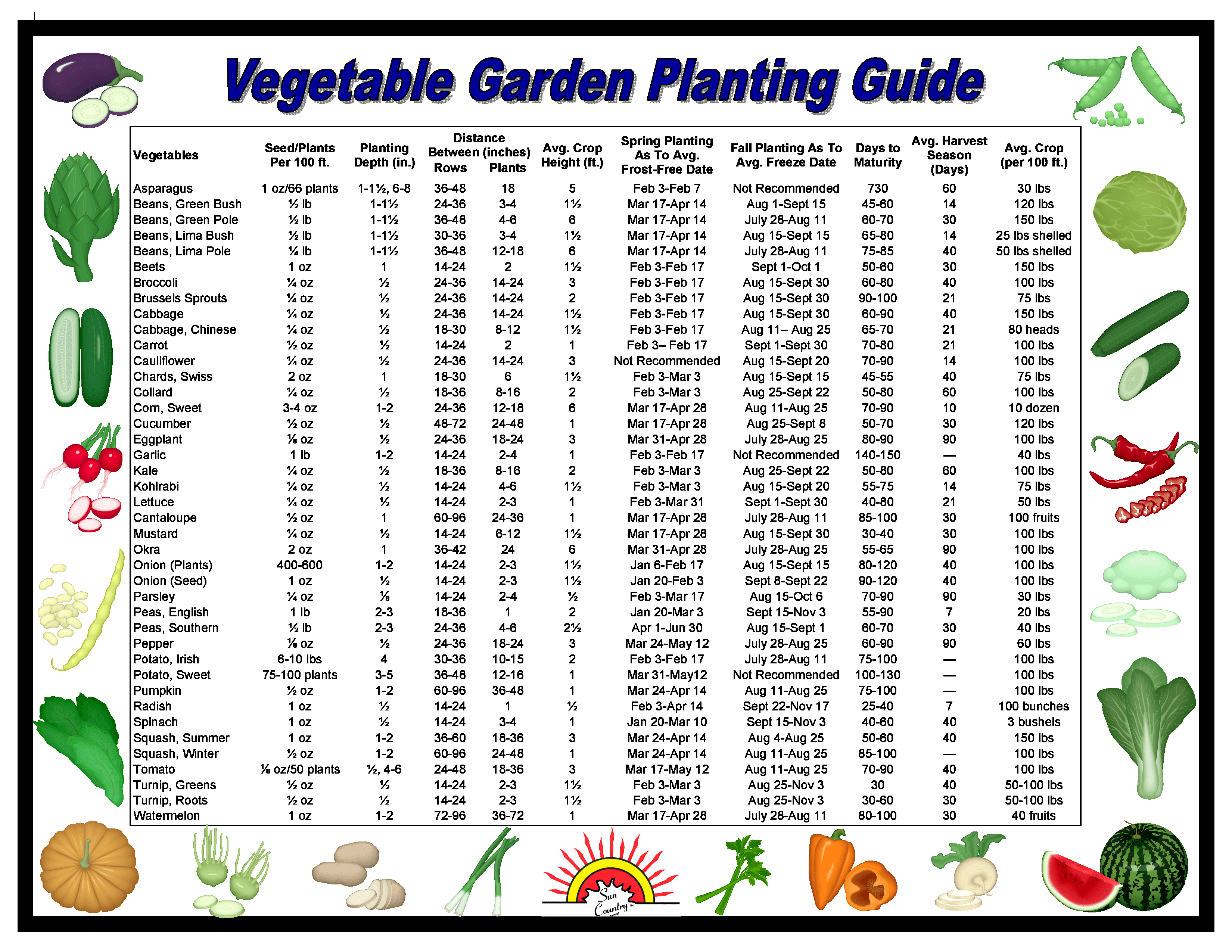Late Bloomers: Your June & July Vegetable Garden Guide
So, you missed the spring planting frenzy? Don’t sweat it. June and July are prime time for planting a surprising number of delicious vegetables. Imagine crisp lettuce in September, plump beans in October, and even carrots well into the fall. It's totally doable. Forget the FOMO, you can still have a garden that will make your neighbors jealous.
Seriously, late planting isn't just about catching up. It’s a strategic move. It allows you to extend your harvest well into the cooler months, staggering your veggie intake and avoiding the dreaded all-at-once zucchini apocalypse. Plus, who wants to be weeding and watering in the sweltering heat of early summer? This way, you can enjoy the lazy days of summer knowing your garden is quietly growing without constant attention.
Historically, gardeners have understood the power of successive planting. Long before grocery stores offered year-round produce, carefully timed planting was essential for having fresh food on the table throughout the year. Different cultures around the world have their own traditions of late-season gardening, adapting to specific climate conditions and leveraging the extended growing season.
Planting vegetables in June and July is about more than just a hobby; it’s about resourcefulness, enjoying fresh food, and even connecting with a long history of agricultural wisdom. It’s about saying “heck yeah” to juicy tomatoes in October. There are some challenges, of course. Pests and diseases can be more prevalent in warmer weather, and the intense summer sun can be harsh on young seedlings. But don’t worry, we'll get to that later.
So, what are we talking about here? What kind of vegetables thrive in a June/July planting? Think quick-growing varieties like bush beans, summer squash, and cucumbers. Root vegetables like carrots and beets also do well, taking advantage of the warm soil to grow deep and strong. Leafy greens like lettuce and spinach can be planted for a fall harvest, just be sure to provide some shade during the hottest parts of the day.
One benefit of June/July planting is avoiding the early-season pests that plague spring crops. Another advantage is the readily available warmth and sunlight, promoting rapid growth. Finally, imagine the satisfaction of pulling fresh carrots from the ground in November, long after most gardens have gone dormant.
Your action plan? Simple. First, assess your garden space and choose vegetables suitable for your climate and the remaining growing season. Prepare the soil with compost and organic matter. Plant your seeds or seedlings according to package instructions, ensuring proper spacing and watering. Monitor for pests and diseases, and enjoy the fruits (or veggies) of your labor.
Advantages and Disadvantages of June/July Planting
| Advantages | Disadvantages |
|---|---|
| Extended harvest | Potential for pest and disease issues |
| Less weeding in peak summer heat | Heat stress on seedlings |
| Enjoy fresh produce in the fall | Shorter growing season for some vegetables |
Best Practice: Choose heat-tolerant varieties. Look for descriptions that specifically mention "heat tolerant" or "bolt resistant".
Best Practice: Provide adequate water. Water deeply and consistently, especially during hot, dry periods.
Best Practice: Use mulch. Mulch helps retain moisture, suppress weeds, and regulate soil temperature.
Best Practice: Monitor for pests and diseases. Regularly inspect your plants for signs of trouble and take action promptly.
Best Practice: Succession plant. Sow a new batch of seeds every few weeks to ensure a continuous harvest.
Example 1: Bush beans planted in early July can provide a harvest in September.
Example 2: Summer squash sown in mid-June can produce abundant squash throughout late summer.
Example 3: Carrots planted in late June can be harvested well into the fall.
Example 4: Lettuce planted in shaded areas in July can provide fresh greens in September.
Example 5: Beets sown in early July can be enjoyed throughout the fall.
FAQ 1: Can I still plant tomatoes in July? Yes, but choose fast-maturing varieties.
FAQ 2: What are good vegetables for fall harvest? Carrots, beets, kale, spinach, and some varieties of lettuce.
FAQ 3: How do I protect my plants from the summer heat? Provide shade during the hottest part of the day and water consistently.
FAQ 4: When should I start seeds indoors for fall crops? Check the seed packet for specific instructions, but generally 6-8 weeks before the last expected frost.
FAQ 5: Can I plant herbs in June and July? Yes, many herbs thrive in warm weather.
FAQ 6: What are some common pests to watch out for? Aphids, spider mites, and whiteflies.
FAQ 7: How do I improve my soil for fall planting? Add compost and other organic matter.
FAQ 8: Where can I find more information about gardening? Local agricultural extension offices, online gardening forums, and gardening books.
Tips & Tricks: Start seeds indoors for a head start. Use shade cloth to protect seedlings from intense sun. Consider raised beds for better drainage and soil temperature control.
Planting in June and July is a fantastic way to extend your gardening season and enjoy fresh, homegrown vegetables well into the fall. From leafy greens to root vegetables, there’s a wide variety of options to choose from. While there are some challenges to contend with, such as pests and heat stress, the rewards of a bountiful late-season harvest are well worth the effort. So, grab your trowel, get your hands dirty, and experience the joy of gardening beyond the traditional spring planting season. Don't let the summer heat discourage you. Embrace the opportunity to cultivate a vibrant and productive garden that will provide delicious, nutritious vegetables for months to come. Start planning your June and July plantings today and savor the flavors of a successful late-season harvest.
Navigating absences the art of the formal excuse letter for university
The enduring appeal of wanted dead or alive ctva tropes
Florida power outages riding the lightning and saving money














